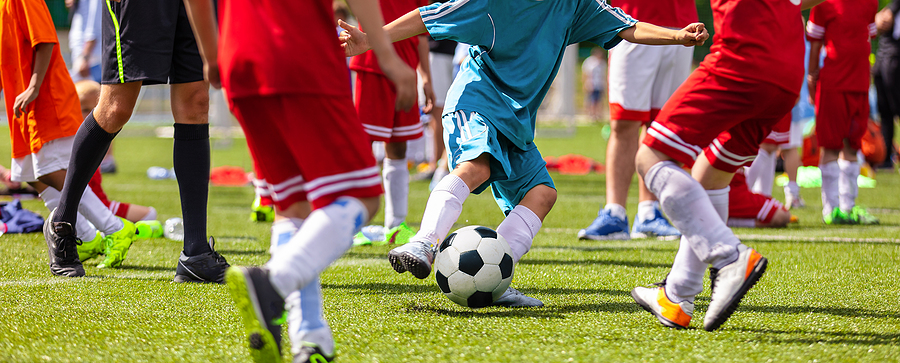Soccer Physics: The Fundamentals Behind Your Favourite Game

Soccer, or as the British call football, is probably the most popular sport in Singapore and around the world. You see individuals of all ages, from primary school to adults, enjoying this sport during their free time or even playing it professionally. However, do you know that physics is a key element in this sport and that the better your understanding of it, the better your chance of improving your game?
As we explore in this article the physics behind the sport, we hope it will help you appreciate soccer better and increase your interest and understanding of physics.
Mass and weight
Mass is defined as the measured amount of matter in an object, in this case, the soccer ball. Regardless of the ball’s location in the universe, or the amount of gravitational force applied to it, the mass of the soccer ball stays the same. On the other hand, weight is defined as the amount of gravitational force acting on the soccer ball. Hence, if the ball is heavy, it becomes harder to kick it. Additionally, the player’s weight affects the game. The heavier the player’s weight, the harder they can kick the ball.
Friction
To summarise what friction is, it is simply the resistance force that acts relative to the motion of the surface and the object moving across it. There are four key forms of friction: static, rolling, sliding, and fluid.
The initial three forms of friction typically occur between more than two solid surfaces, while fluid occurs in fluids and gases. In the game of soccer, the applied friction force prevents the ball from moving in the intended direction forever. The friction slows the ball down as it rolls over the field.
Gravitational force
Gravity is an everyday force that applies to anything that has energy or mass. This includes light, galaxies, planets, and stars. It is the force that gives an object or individual weight on Earth. Even the moon affects our ocean tides with its gravitational force.
In the game of football, without gravitational force, the ball would just fly continuously. Likewise, the players would just be floating mid-air.
Momentum
Based on Newton’s law of motion, momentum refers to the product of the mass and velocity of a moving object. Unlike the other forces in our everyday living, it has both magnitude and direction. Momentum affects how far the soccer ball travels when it is being kicked. If the player kicking it has generated a lot of momentum, the ball travels faster and further.
Velocity
Velocity is defined as the speed the object is travelling in the intended direction. If you are not aware of the ball’s velocity, you are not able to accurately receive it or pass it to your teammates.
The Magnus effect
Whenever a player kicks the soccer ball off centre, the applied force results in the ball spinning anticlockwise or clockwise. How the ball bends and curves in a certain direction depending on the speed of the spin. Magnus effect is defined as the direction curve the ball travels mid-air. The ball spins as a result of the friction generated between the ball’s surface and the surrounding air. As a result, understanding where your feet land when you kick the ball will be beneficial when you are trying to score.
Conclusion
A game of soccer is not as easy as you think. While this does not mean that the players are constantly calculating the physics when they are in a game, subconsciously, the effects of physics come into play throughout the game. If you are thinking of improving your game, then understanding these physics fundamentals will significantly help you achieve better stats.
To help you understand such physics fundamentals, we at Physics Tuition does so with practical and interesting tuition classes. For more information on our classes, especially JC physics tuition classes, do contact us to find out more!